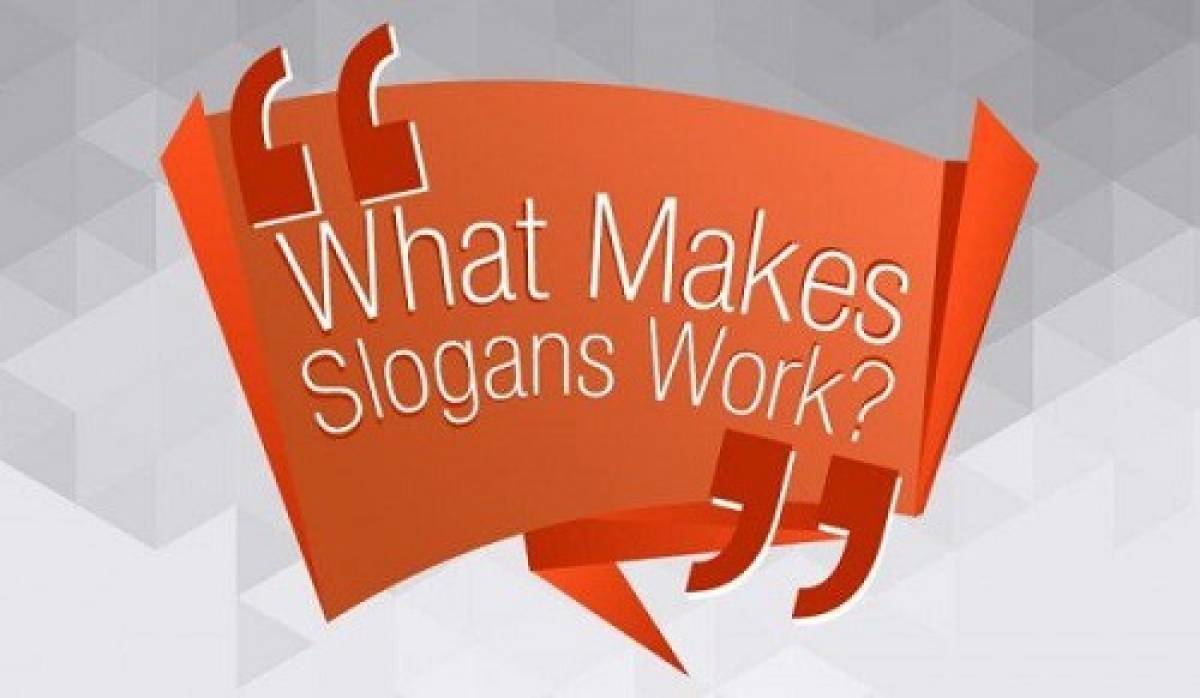How to Write a Memorable and Impactful Slogan or Tagline

A slogan or tagline is a short catchphrase or small group of words that is meant to sum up your brand, shaping its identity and its market positioning. In many ways, slogans are like mini-mission statements that help in defining the uniqueness of your brand, such as country slogans like Brazil: "Sensational," India: "Incredible," Kenya: "Magical" and Korea: "Dynamic."
A good slogan or tagline is not only memorable and simple, but also functional. Functional taglines essentially focus on the fundamental aims and concerns that pertain to a company's goals, mission, purpose, benefit or competitive advantage. And there are plenty of memorable and functional brand slogans out there, including Nike’s “Just do it” to AIG’s “We know money” and Subway’s “Eat fresh.”
Companies create slogans for pretty much the same reason they create logos: brand advertising. In the 1920s, a London advertising agency (Mather & Crowther) created an advertising slogan to get consumers to "eat more fruit." The iconic words they put together, according to author Ken Roman, were: "An apple a day keeps the doctor away." That same slogan is extremely memorable and impactful to date. It’s unforgettable, really.
But for every memorable slogan, there are countless others people just don’t seem able to remember. So what factors separate the successful slogans from the unsuccessful ones, and how can you make sure yours will not only be memorable and impactful, but long-running too?
Tips to Write a Sticky Slogan That Works
According to a study published in the Journal of Business Research, brand slogans don't necessarily need to be short in order for people to like them. Consider Federal Express’ long-ish tagline, "When it absolutely, positively has to be there overnight" (9 words) or Chicken-man Frank Perdue's slogan, "It takes a tough man to make a tender chicken" (10 words).
People are unlikely to have a more positive reaction to your slogan merely because it is brief and has a jingle around it, like McDonald's "I'm Lovin' It." They are also unlikely to love it more just because they see it frequently, the study found. Other factors come into play to make a tagline impactful.
To write a sticky tagline that works, include three primary factors that determine the likeability of the slogan:
- Clarity of message
- Creativity
- Familiarity with the brand
The researchers noted repeated exposure can help people remember a slogan, but the stickiest slogans are driven largely by the clarity of the message, the exposition of the benefits, rhymes and creativity. So while it’s good to keep your slogan short and creative people tend to prefer shorter slogans, don’t be fixated on the idea that the shorter the slogan the better. In fact, that’s why slogans are now more commonly referred to as taglines.
Something else to keep in mind is brands with the stickiest, most memorable taglines have spent money promoting their taglines for a long period of time. Promote your tagline at every opportunity in addition to ensuring the clarity of your message, exposition of the benefits, rhymes and creativity.
An impactful and long-running slogan also needs a dose of real emotion in order to make it memorable. The words "Overnight" articulate the FedEx position, but those words need "absolutely, positively" to add the emotional frosting to the positioning cake. Add a strong, emotional component in you slogan where applicable to impart positive feelings about your brand and leave a key brand message in consumers' minds. If they remember nothing else about your brand or advertisement, they’ll remember the slogan.
Inspiration for Writing a Slogan that Works - Infographic
If you're looking for a little slogan inspiration of your own, the guys at M2 On Hold investigated the history of some of today’s most famous slogans and created a wonderful infographic demonstrating how the key components of a sticky and memorable slogan or tagline come together to produce a tagline that works – tells your brand mission and goals powerfully.
Check out the infographic below:
See Also: 5 Simple Ways to Make Your Headlines More Clickable (Without Being Manipulative).





















